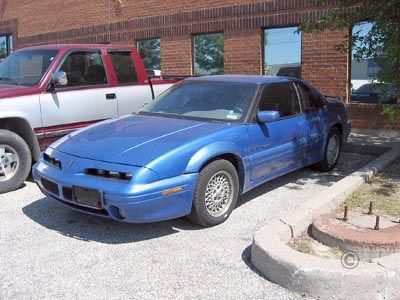Many may have noticed a marking on wheels with a visible logo “JWL”. Japanese wheels must have a "JWL" logo on the wheel and "JWL" (Japan Light Wheel Alloy) is a compilation of standards defined by the Japanese Government to ensure the vehicle's safety for aluminum road wheels. Every wheel put to market must be tested to meet JWL standards before a wheel can be put out to market in Japan. These standards are generally accepted worldwide as acceptable for most road conditions. That is why you will see these marks on European and other Asian country wheels.
JWL TESTS:
1.
Cornering Fatigue Test (Drum Endurance Test)
The purpose of this test is for checking wheel rim strength and durability. Place a wheel assembly with tire on test equipment. Radial stress is then added to simulate vehicle weight.
Test run 500,000 cycles
After 500,000 cycles inspect for cracks, deformation and any nut loosening.
2.
Radial Load Fatigue Test (Rotary Bending Test)
JWL pass criteria: 100,000 cycles
The purpose of this test is for checking durability of the wheel disc. The spokes and the hub are the first point of weight distribution from the vehicle and spoke strength is gauged by this test.
Place a wheel on testing equipment and by adding bending stress to center of disc –
Test run 100,000 cycles
After 100,000 cycles, inspect for cracks, deformation and any nut loosening.
3.
13 Degree Impact Test
JWL pass criteria: 594 kg
The main purpose of test is for checking strength between rim and disc cross section. The “joint” or the area where the spoke and the rim meet is an important structural area that is subject to great stress. The horizontal weight of the rim and the vertical stress of the spokes meet at this joint and proper structural stability is crucial for a proper wheel.
The wheel assembly is placed with tire tilted 13 degrees from horizontal plane on testing equipment.
A preset weight is dropped on the outer sidewall of tire, thus giving impact to the wheel/tire. Then inspect for cracks, deformation and air leak.
This test is very important for the recent trend of a larger/wider wheel with lower profile tire combination, because there is less air volume than OE wheel/tire and more stress to inner rim section. This test simulates actual usage condition such as hitting corner curb or objects from side.



